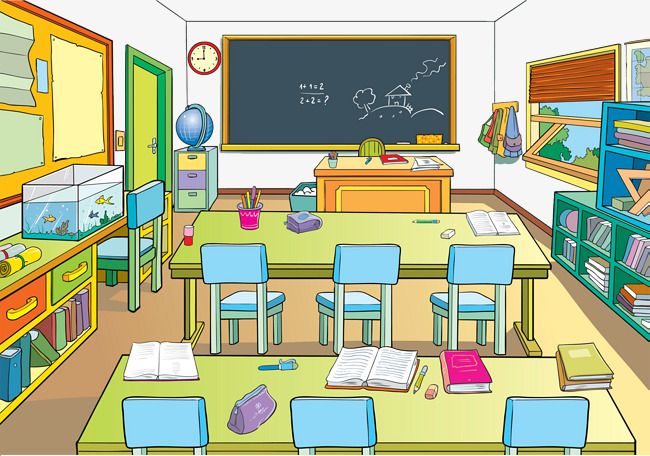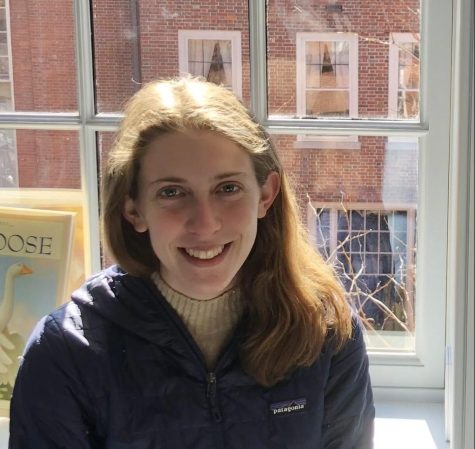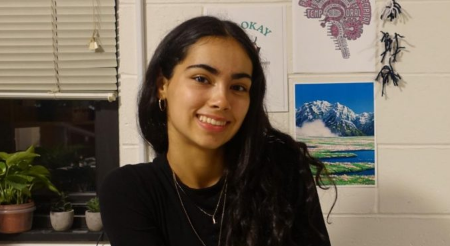What Gun Violence Means to Students at South
May 16, 2023
Across the country, the issue of gun violence in schools is growing. In this year alone, over 10 people have been killed in school gun-related incidents. The threat of gun violence touches South High, as well. On February 17, 2023, Worcester police officers were dispatched to South in response to a student in possession of a BB gun. A similar incident happened this Monday, May 1, 2023. Although in both instances, no one was harmed and the situations were dismissed, the incidents brought the issue of gun violence to the South High community.
Instances like these, along with the greater concern of gun violence in schools, affect how students at South perceive their safety in school, and how they go about their daily school lives. Many feel less safe than they would otherwise. “It’s just kind of scary. . . hearing about it on the news and stuff like that, and especially [because] we’ve had a couple of scares before,” said Lila Tallagnon ‘25, when interviewed. However, Tallagnon expressed that this fear isn’t a “debilitating thought,” a sentiment with which other students agreed.
Students like Maryam Badmos ‘24 don’t feel immediately threatened by gun violence, but rather feel consistently reminded of it through the news and national incidents. “I don’t come to school thinking I’m gonna get shot,” Badmos said. “For the most part, I don’t feel nervous going to school.”
Still, there are times when the fear of gun violence is heightened for students, including Badmos. She recalled an incident during the PSATs this past fall, in which the school went into lockdown during the test. There was very little information provided over the PA system, except that the lockdown was not a drill. “I was very scared. I was very nervous. I remember my stomach was twisted. . . and I could feel other people were kind of nervous,” said Badmos.
Additionally, Cole Ortiz ‘26 recalled being scared during a lockdown in elementary school, saying “it was terrifying to know that just a random person was walking around your school.”
Even though gun violence is not something most people experience everyday, in the United States especially and in low-income communities, gun-violence is a dangerous reality and one that must be taken into consideration in schools. Even some school administration feel this, such as Ms. Moulin, an assistant principal at South. Though, like many students, she doesn’t worry about it on a daily basis, gun violence in schools concerns her.
As an administrator, she has to take more factors into account regarding the safety of her students, including monitoring students’ mental health. Many school shootings in the United States, she mentioned, are perpetrated by someone with significant mental health issues who wasn’t recognized or given the counseling they needed.
Students also believe that a discussion of mental health along with gun violence is essential. Tallagnon emphasized the importance of “[talking] about mental health, and making sure that kids are okay, and not bringing that kind of violence to their peers.”
Ms. Moulin expressed a wish that she and other school staff could receive more professional training surrounding mental health, and how to identify and help students in need. In the infamous Sandy Hook school shooting in 2012, Ms. Moulin said, “everyone in the neighborhood knew that [the perpetrator] was capable of doing that. . . but nobody really knew what to do about it.“ In the future, she said, “if we could identify what triggered it, what caused it, what would have prevented it, and talk more about that,” it would be helpful in preventing violence in schools.
This brings up an important discussion of the myriad of actions that can be taken to prevent guns from being in schools, and both students and administrators felt that not enough attention was being given to the issue. For students like Badmos, a clear solution was to reduce access to assault rifles, and to implement gun controls. “I think it should be very difficult to get a gun, like you’d have to pass a lot of tests, and a lot of background checks and mental health evaluations. . . “ she said.
However, other students felt that different living situations played a big role in fostering gun violence and creating an unsafe environment. Tallgnon thought action should be taken to improve people’s quality of life, “so that [they] don’t feel like they need to own a gun in the house, because at any moment they [could need to] use it.”
Although it’s natural for students to feel scared of gun violence, schools have protocols in place to protect them. “We have protocols in place, and we’ve practiced them, and it is our intent to keep everyone as safe [as possible],” Ms. Moulin affirmed, and “to communicate with our students and their families,” as well, in the event of a violent incident at school.
Despite the importance of discussing school gun violence, there are measures in place to protect students at South. Regarding the nation as a whole, though, hopefully society will realize the ramifications of gun violence in schools and begin to take steps to prevent it.




